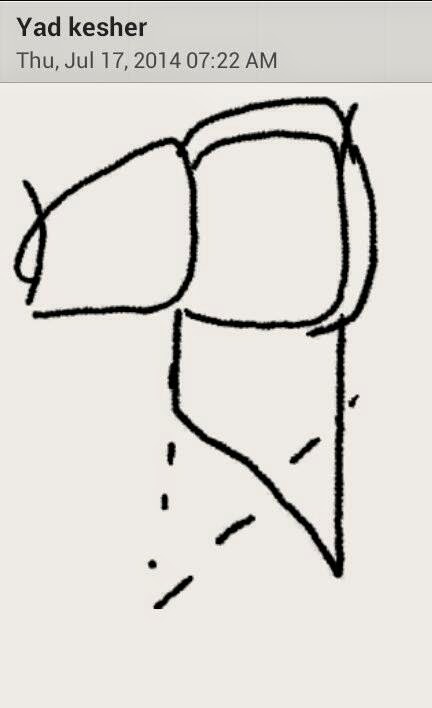Popular posts from this blog
Klaff Tanning question:
By
Rabbi Eli Gutnick
-
I received this question via email. I am not really a klaf expert, I was wondering if anyone could answer this question: Dear Rabbi Gutnick, I am writing to you because a good friend of mine has put the idea into my head that the klaf in my tefillin were not really tanned and therefore are not kosher. He referred me to Megilla 19a re diftera. From the research that I have done so far, it seems that the klaf that is used today is tanned only with a lime wash. On all of the tanning websites I’ve seen so far, they say that the lime doesn’t accomplish tanning but only the removal of the hair and some other pre-tanning effects. Would you be able to explain to me or refer me to a website that explains how the tanning process that is used today takes the hide out of the category of diftera? Thank you very much.
Rabbi Reuvain Mendlowitz clarifies his position on Ksav Chabad (and my final thoughts)
By
Rabbi Eli Gutnick
-
Last week I posted some thoughts in response to a public lecture given by Rabbi Reuvain Mendlowitz regarding Ksav Chabad (the Alter Rebbe's ksav). I felt he did not represent the issue fairly, and since I had received questions about it from a number of people I felt it made sense to write a general response. After I posted my response on this forum, Rabbi Mendlowitz reached out to me by email and we ended up having a respectful and productive email exchange regarding the relevant issues surrounding Ksav Chabad. His position is a lot clearer to me now, and I think he also took certain things on board that I clarified with him. The purpose of the Stam Forum (at least back in it's heyday before all the whats app groups took over) was to connect sofrim from around the world, to promote achdus and build bridges, as well as to offer support and advice. In that spirit, I felt I should write a follow up post, to clarify some of the issues and misconception...


lechatcila yes - some say this is the yud, so therefore it has to have somewhat a tzura of regel
ReplyDeleteDoes it matter which way ? To which side?
DeleteDoes it matter which way the alachson is?
ReplyDeleteIn sefer Taamei Haminhagim (Shi Lamorah Publishing) pg 625, the pictures show that the long side is towards the knot and the short side is the other side.
ReplyDeleteI do not recall reason for alachson brought down,perhaps its easier to do the kesher,howeverאל תטוש תורת אמך
ReplyDeleteMy question is if it matters to which side the alachson goes?
DeleteThe reason for alachson is probably that should look like a yud
I remember reading somewhere that the only point of the alachson on retzuos is that it makes it easier to pull the strap through the bayis, and that, l'halacha, a flat end is also acceptable. (Clearly, it wouldn't make sense to recut the end of the roll of retzuos so that one end was flat.) I couldn't even begin to say where I saw that, however. If this is the case, then it probably doesn't matter which way it slants.
ReplyDeleteSince the Rosh holds that the very end that sticks out of the kesher is the Yud and not the kesher at the end then it makes sense to cut it on an angle so it's longer on the right, giving it an appearance of a Yud. This is particularly true in the case of a lefty, for those who make the kesher a backwards Yud, like the Steipler. In this case, the kesher at the end doesn;t form a regular Yud so to have a Yud, the very end should look like one to fulfill the Rosh. In fact, some people actually cut the end in a manner so that it looks just like a Yud. (See sefer Zichron Eliyahu)
ReplyDeleteI also want to point out that the piece that sticks out should be kept short (the width of the retzuah) since it serves as the regel of the Yud and should not be longer so that it makes the kesher look like a Vav.
ReplyDelete